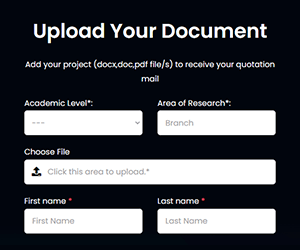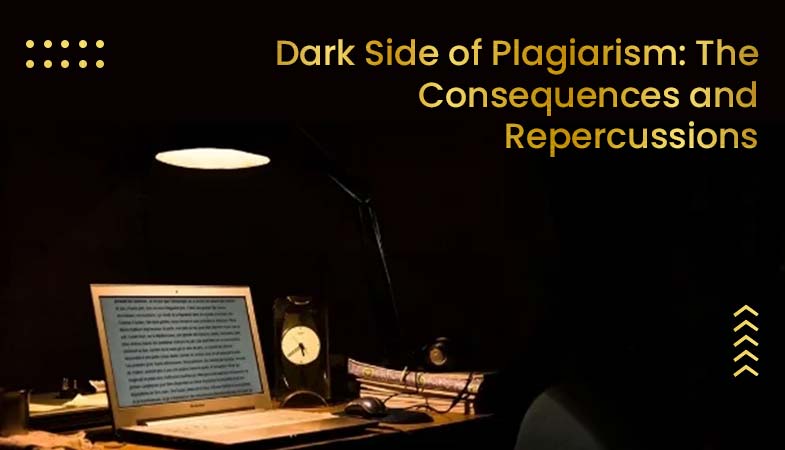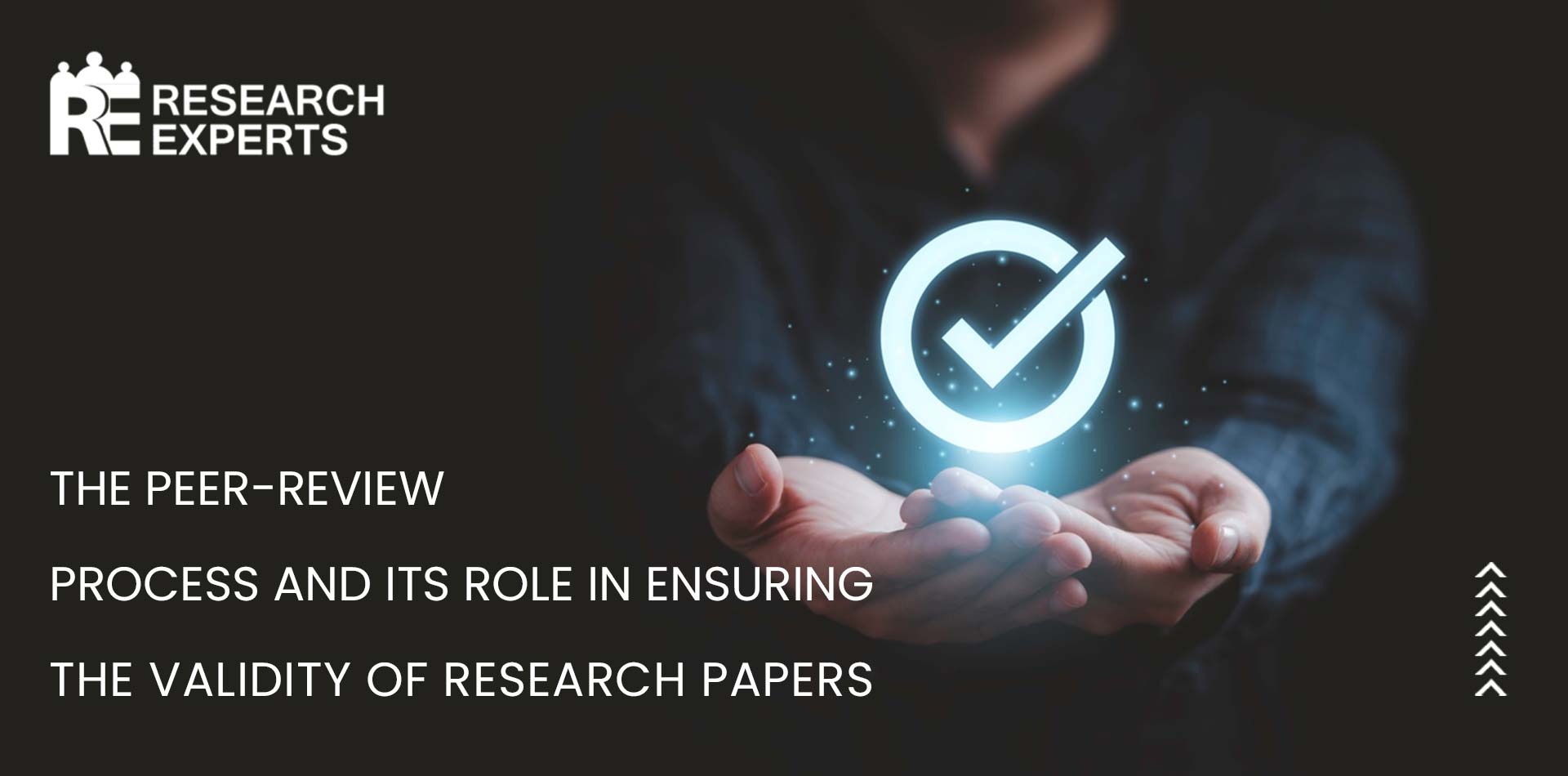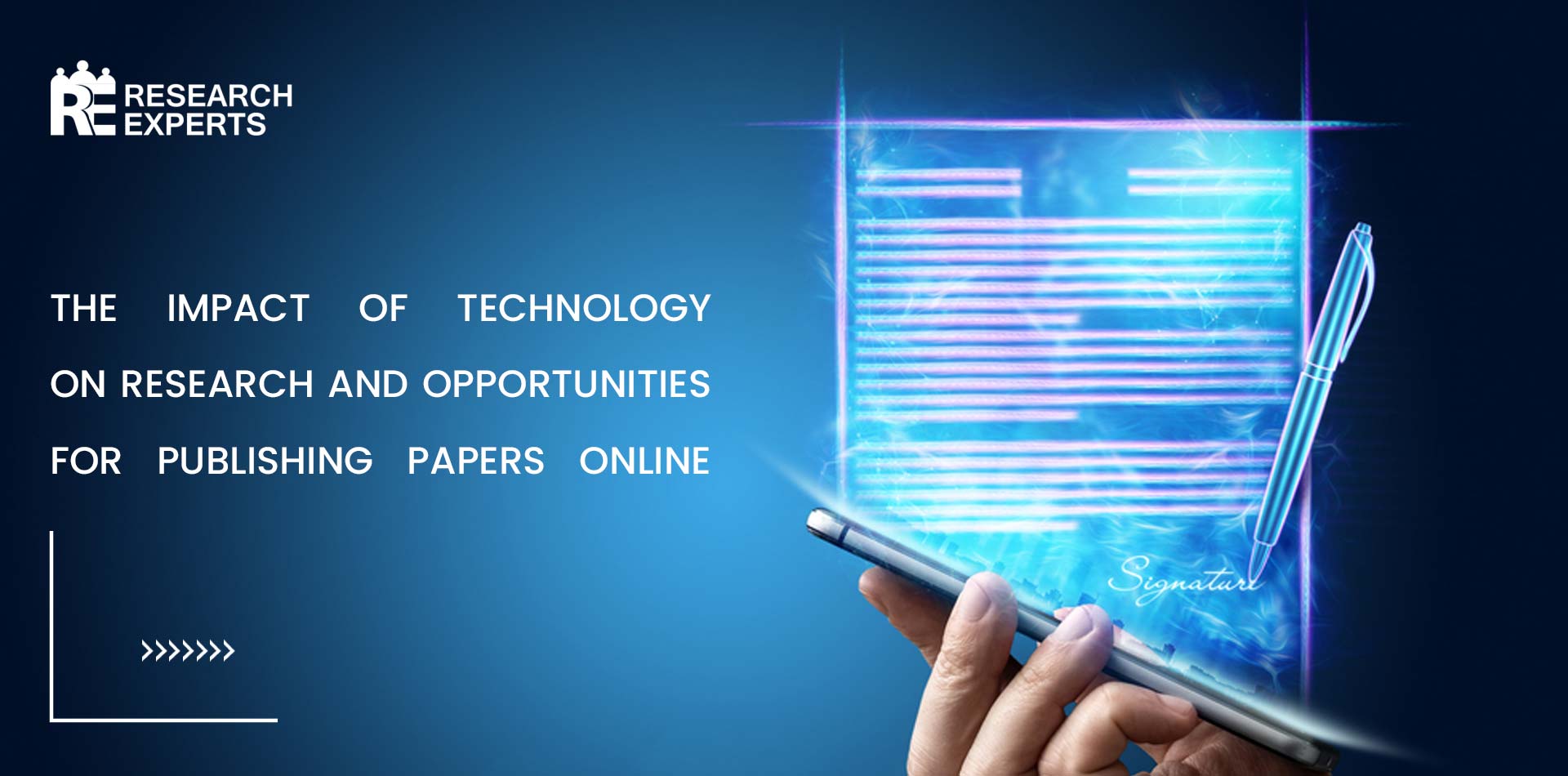
Managing plagiarism in the Review of literature
Managing plagiarism in the Review of literature – Managing plagiarism in the Review of literature is of the greatest priority because of the seriousness of the problem in academic research and writing. A literature review is a comprehensive analysis of all the published works that have been written on a subject. Creating a unique and plagiarism-free literature review is a crucial part of any research project. Here, we’ll go through several tactics for avoiding plagiarism when doing a literature study.
Learn about Plagiarism
The first step in addressing plagiarism in a literature review is to get a firm understanding of the concept of plagiarism and the processes through which it might arise. Without properly attributing the source, you have committed plagiarism. Two common forms of plagiarism are direct quotes without citation and paraphrasing without attribution.
Use Plagiarism detection tools
Using tools to identify cases of plagiarism in a literature review is one method of addressing the problem. This program can quickly and accurately detect instances of plagiarism in a document. It’s useful for double-checking not just your own work but also that of others. You may use this to spot instances of plagiarism and take corrective measures if necessary.
Use quotes and citations
Proper use of quotation marks and citations is another method for preventing plagiarism in the study of literature. It is vital to include quotation marks around the words and phrases taken directly from a source and to provide a reference to that source when doing so. To prevent accusations of plagiarism and to properly acknowledge the work’s creator, do as such.
Paraphrasing
To Prevent plagiarism in the literature review, paraphrasing is a useful technique. The process of paraphrasing involves restating a text in your own terms. It’s a way to show that you understand what they’re saying without directly quoting them. This may assist you in avoiding plagiarising other people’s work.
Keep track of your sources
Keeping a detailed record of your citations is another crucial step in preventing plagiarism in your literature review. Using this method may help you prevent unintentional plagiarism and provide correct acknowledgment to the original writers. Citation management software is a useful tool for keeping track of your sources and producing bibliographies and in-text citations automatically.
Educate your peer about the consequences of Plagiarism
Finally, educate yourself and your peers on the repercussions of plagiarism. Neither the definition of plagiarism nor how to prevent it is well known by many academics and students. You may help promote a culture of academic integrity and lower the frequency of plagiarism in your profession by learning more about it and sharing that knowledge with others.
Conclusion
In conclusion, dealing with plagiarism in the review of literature is important to ensure the originality and credibility of your work. There are several strategies that can be used to deal with plagiarism, such as using plagiarism detection software, using quotation marks and citations correctly, paraphrasing, being organized and keeping track of sources, and educating yourself and others about plagiarism. By taking the time to deal with plagiarism effectively, you can ensure that your review of literature is original and free from plagiarism.








